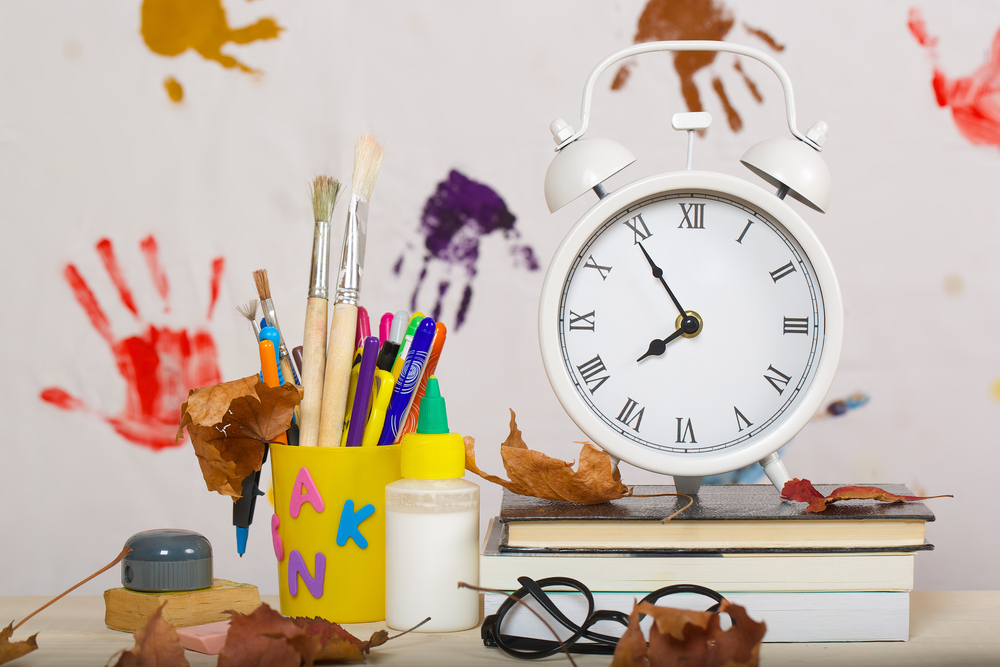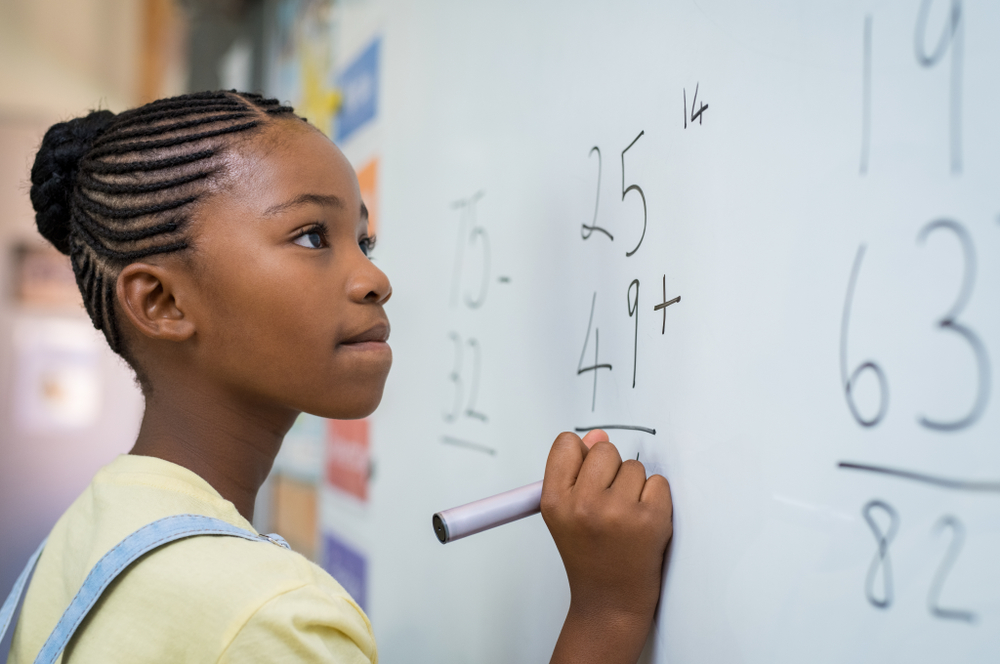Sound recognition Normal Alphabet Worksheets
11 filtered results
-
From - To
Explore our Sound Recognition Normal Alphabet Worksheets, designed to enhance early literacy skills in young learners. These engaging worksheets introduce children to the sounds associated with each letter of the alphabet, making phonics both fun and accessible. With colorful illustrations and easy-to-follow activities, kids will practice identifying sounds and corresponding letter formations. Perfect for home or classroom use, these worksheets support critical reading skills and foster a love for learning. Whether your child is just starting their alphabet journey or reinforcing their knowledge, our Sound Recognition worksheets are an essential tool for developing strong foundations in early literacy. Start your learning adventure today!


Blending Consonants: "Fl", "Bl" and "Gl" Printable
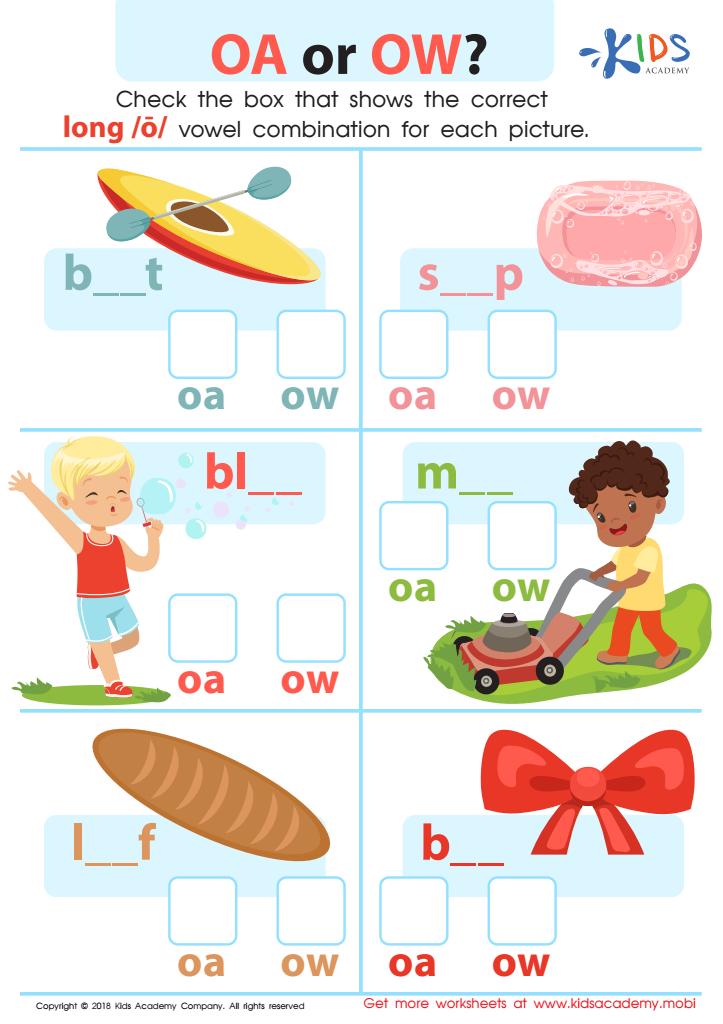

Reading: OA or OW Worksheet


What Do You Hear? Worksheet


Rhyming Words Rhyming Worksheet
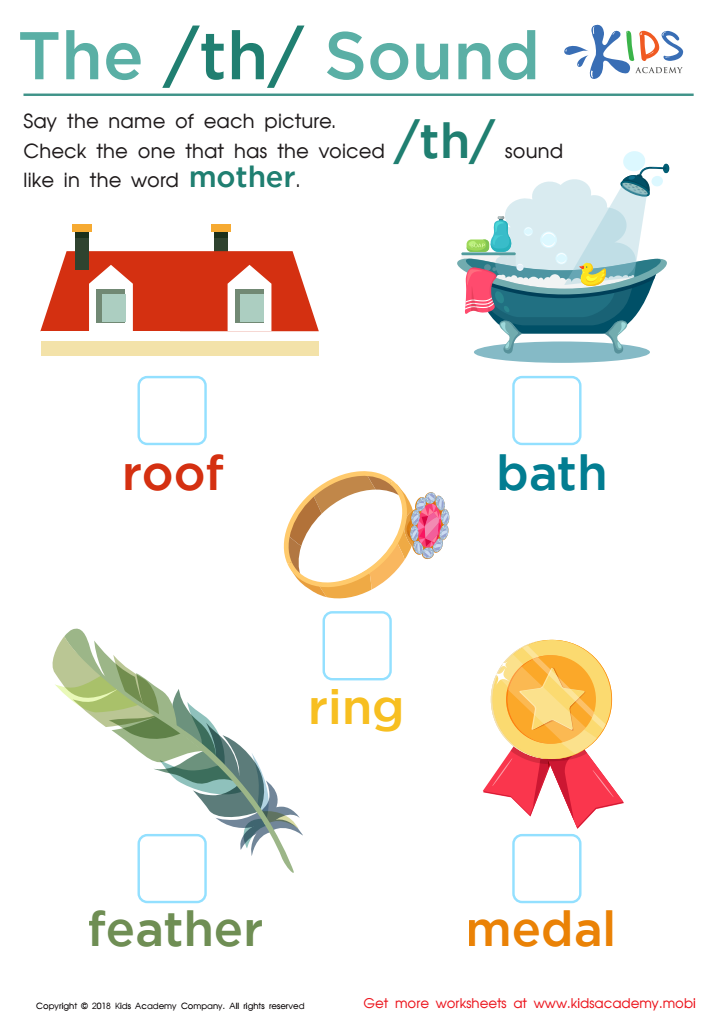

The /th/ Sound Worksheet


Long and Short U Worksheet
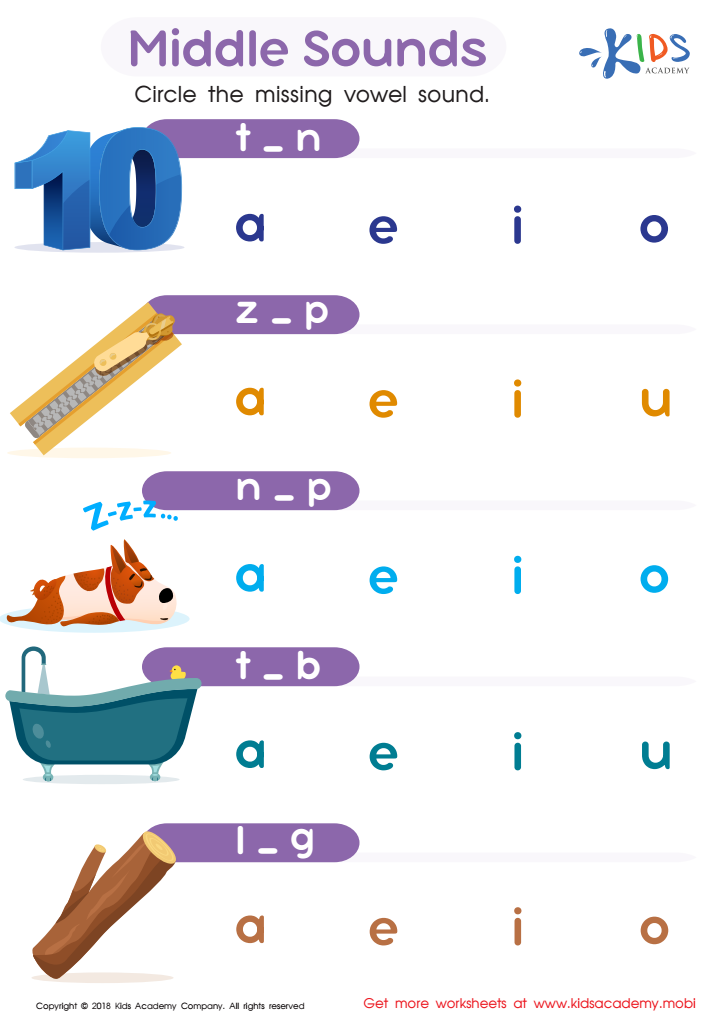

Middle Sounds Worksheet
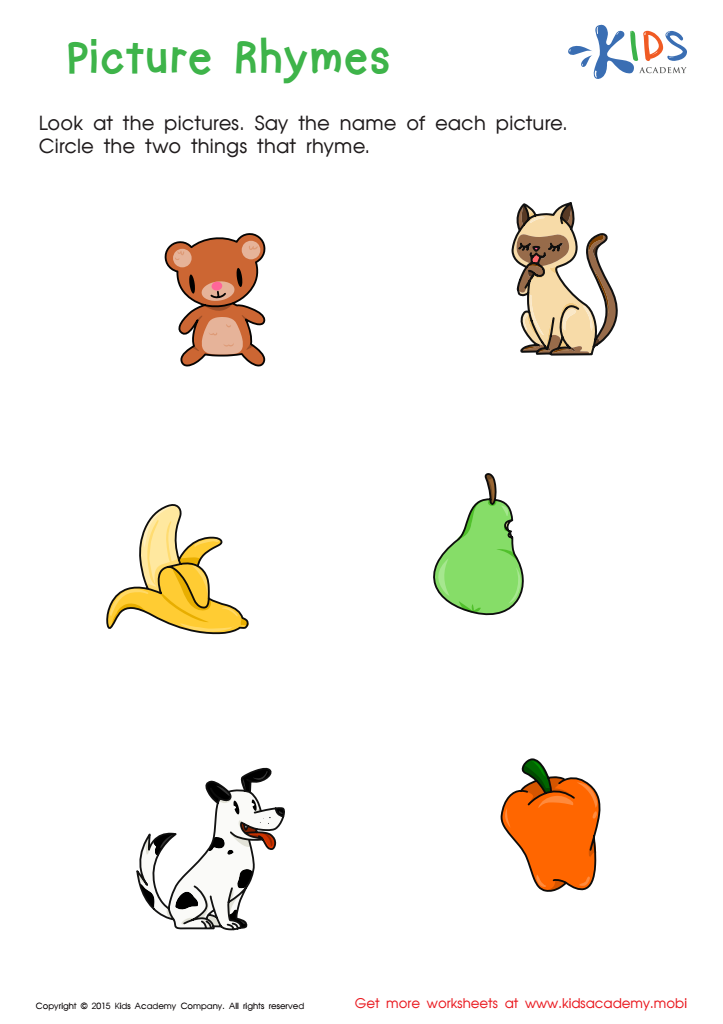

First Words: Picture Rhymes Worksheet
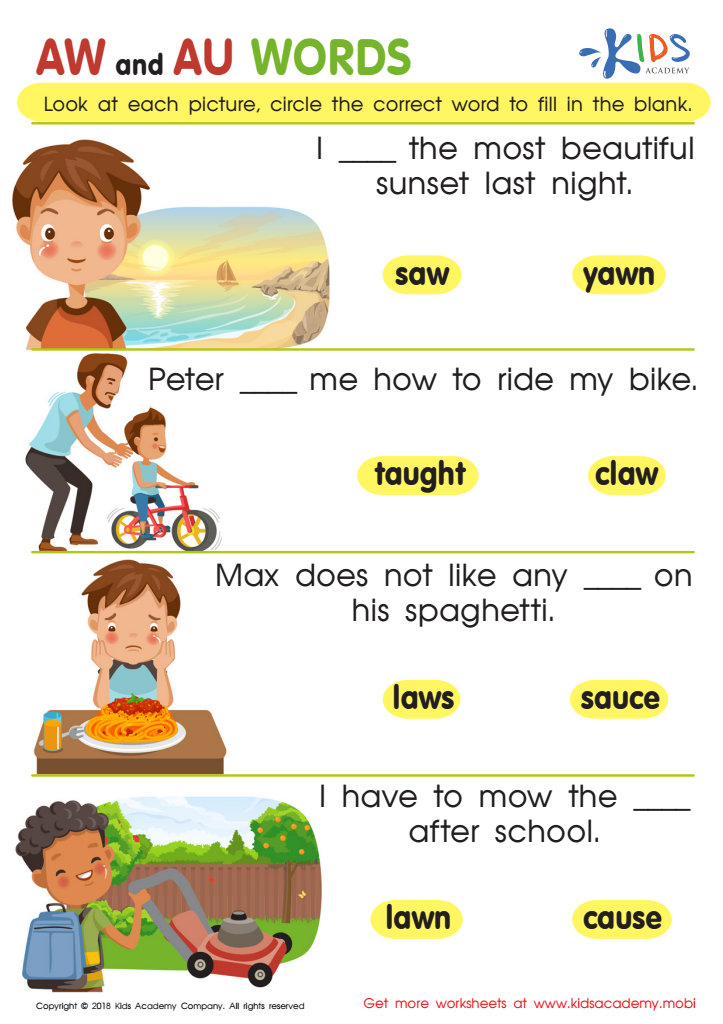

Reading: AW and AU Words Worksheet
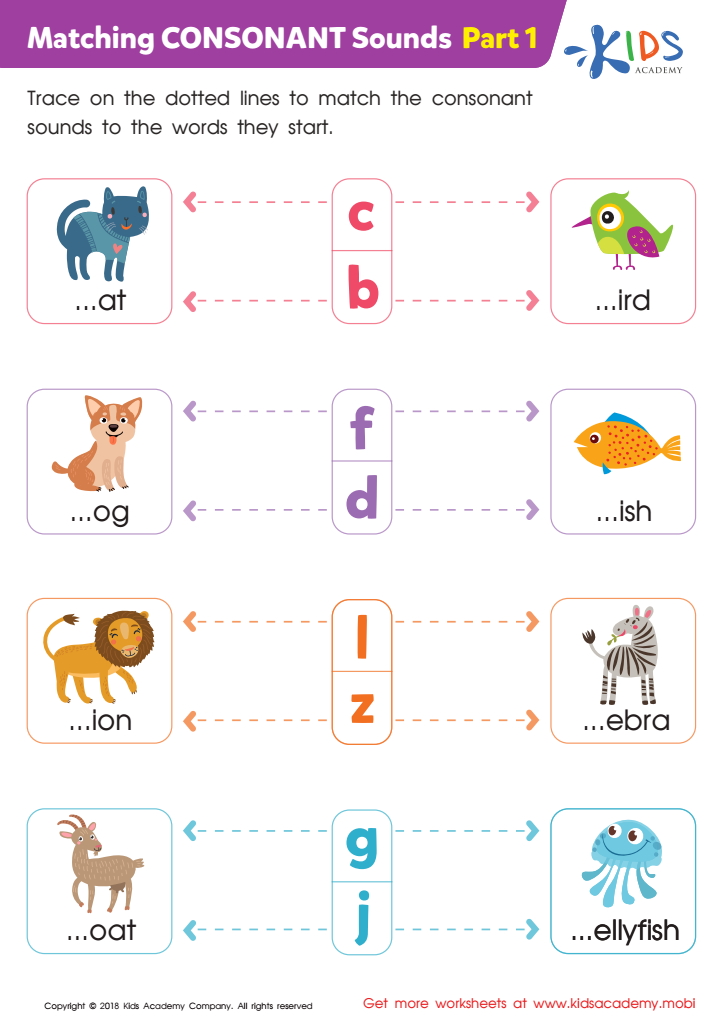

Matching Consonant Sounds: Part 1 Worksheet
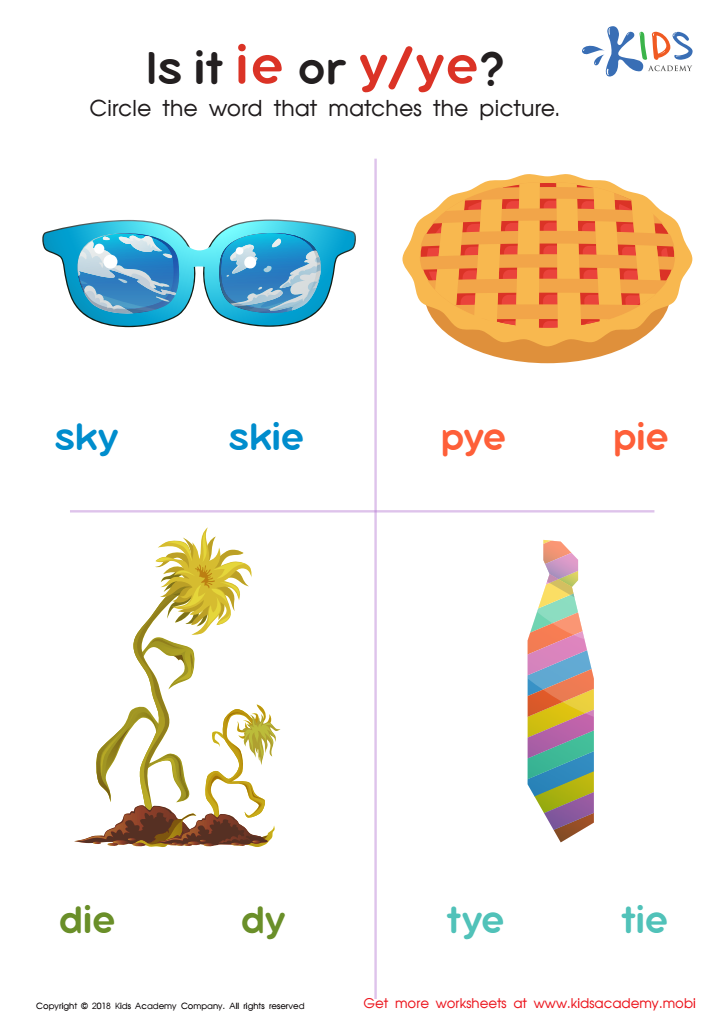

Is It IE or Y/Ye? Worksheet
Sound recognition in the context of the Normal Alphabet is crucial for early literacy development. When children learn to hear, identify, and manipulate sounds in words, they build a strong foundation for reading and writing. This skill, known as phonemic awareness, enables them to connect sounds with their corresponding letters, ultimately assisting them in decoding and spelling.
Parents and teachers should care about sound recognition because it directly impacts a child's ability to read fluently and comprehend text. Strong phonemic awareness helps children recognize patterns within words, making them more confident readers. It also supports vocabulary expansion, as children are more likely to experiment with new words when they can break them down into manageable sounds.
Moreover, focusing on sound recognition encourages children's critical thinking and analytical skills, as they learn to segment and blend sounds. Early intervention in this area can prevent future reading difficulties and instill a love for reading from a young age. Engaging in activities that promote sound recognition, such as rhymes, games, and songs, can create a fun learning environment while strengthening these essential skills. Ultimately, fostering sound recognition will enhance a child's educational journey and boost their lifelong learning potential.
 Assign to My Students
Assign to My Students






.jpg)


